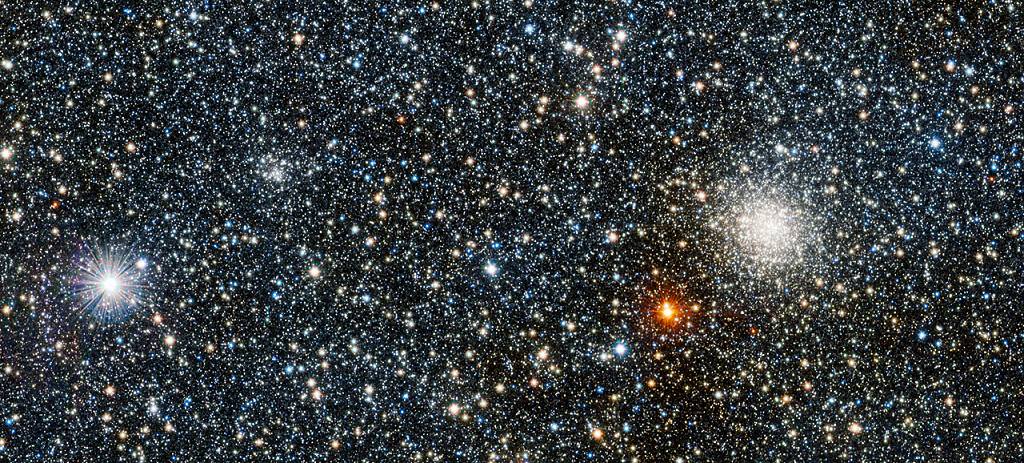The James Webb Space Telescope continues to deliver surprise after surprise. Next up, a team of astronomers have identified likely candidates for proto-globular clusters. Clusters like these can help astronomers understand the evolution and ultimate fate of galaxies like our own.
In the modern day Universe globular clusters are the ultimate galactic retirement centers. They host almost no new star formation,. Instead they are home to small, dim, red stars. A typical globular cluster will host a few million of them in a tight compact ball.
Each major galaxy is home to hundreds if not thousands of these globular clusters that swing around and through the galaxies in long orbits.
It’s not clear if globular clusters represent the dense leftover cores of galaxies that have been cannibalized by larger ones, or if they are independent collections of stars that form like mini-galaxies. It’s questions like these that the James Webb Space Telescope was specifically built to answer.
Recently NASA released a new deep field image showing a multitude of high redshift galaxies. That single image is rich with abundant cosmological information. For example, a team of astronomers have spotted in that image what appears to be the beginnings of several globular clusters.
The proto-globular clusters are each a few million times the mass of the Sun and stretch between 6 and 40 parsecs across.
They were only able to see these globular clusters because they were sitting behind a massive cluster of galaxies and had their light magnified by the gravitational effects of the galaxy cluster. These proto-globular clusters appeared to be forming stars at a high rate. This intense rate of star formation will eventually spell their doom, because they will run out of fuel and then all the massive stars will die, leaving behind the familiar clumps of small red stars that we see today.
These these clusters aren’t enough to answer the question of where globular clusters come from, they do demonstrate the power of the James Webb to help us unravel many mysteries of galaxy formation.

